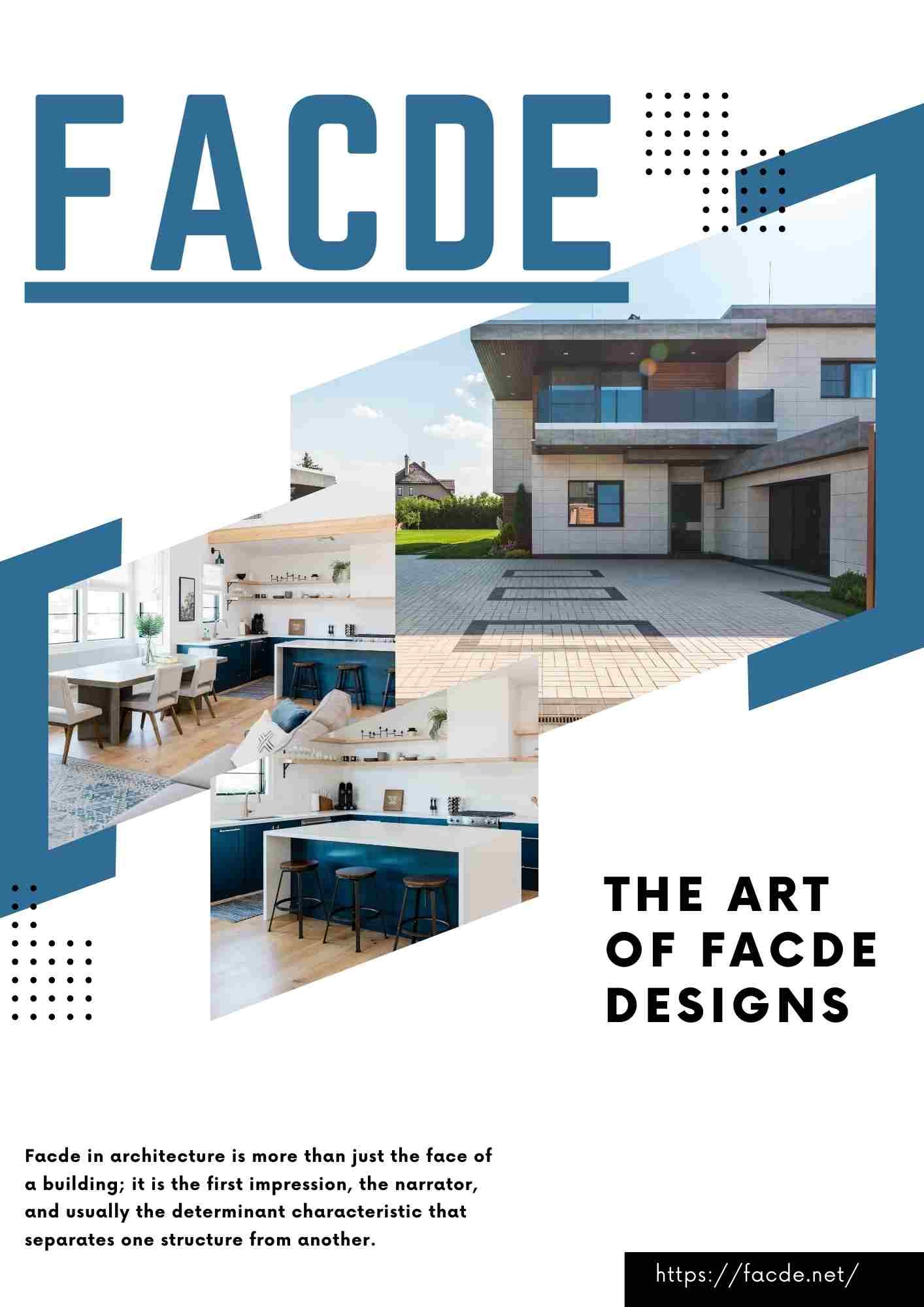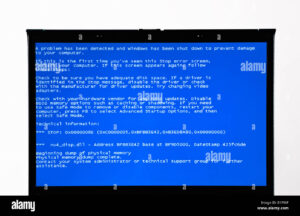
Facde in architecture is more than just the face of a building. It is the first impression, the narrator, and usually the determinant characteristic that separates one structure from another. Therefore, façde design plays a significant role in forming our cities, impacting how architectural aesthetics, functionality, and sustainability can be achieved. This blog post explores the art of facde design, which has its roots in history, technology, and its influence on our towns and communities.
The Importance of Facades in Architecture and Urban Design
A building’s facde.net serves as a bridge between its interior and the external environment. It reflects the architect’s vision, the culture of the time, and the intended message to the public. Moreover, facades contribute to building energy efficiency, enhance natural lighting, and even improve air quality through green wall systems. Understanding the significance of facades in architecture is crucial for appreciating their broader implications on urban design and the aesthetic harmony of cities.
Historical Overview of Facde.net Design Evolution
Ancient Times
Facades served as mediums for majesty and narrative in the past. The Egyptians, Greeks, and Romans adorned their structures with detailed carvings, reliefs, and columns that provided oral histories of gods, emperors, and mythologies. A case in point is the Parthenon in Athens, which remains an enduring proof of Greece’s ancient architectural ability and artistic expression through its Doric pillars and decorations.
Middle Ages to Renaissance
Gothic architecture emerged in medieval Europe and is best known for arching and vaulting but stressed flying buttresses. There were cathedrals, such as Notre Dame de Paris, where the façde became a structural part of a building and an object of admiration and veneration during the period. Renaissance, however, marked a rebirth of classical purity and harmony, represented by the facades of St. Peter’s Basilica at Vatican City.
Modern Innovations
With new materials like steel and glass, the twentieth century saw an emotional change in the facde plan. The Bauhaus development accentuated capability over structure, prompting moderate facdes zeroing in on clean lines and modern materials. Famous structures like the Bauhaus School in Dessau mirror this methodology.
The Art and Technology Behind Designing a Captivating Facde
Materials
The selection of materials is key to the facde.net plan. Current options like glass, steel, aluminum, and composite boards supplement traditional stone, block, and wood materials. Every material exceptionally impacts the facade’s appearance, toughness, and execution.
Textures and Patterns
Surfaces and examples add profundity and character to a facde. Strategies like cladding, etching, and punctured boards can make outwardly striking impacts that grab the attention and upgrade the structure’s tasteful allure.
Sustainability
Economical facde configuration is becoming increasingly essential. For example, twofold skin facdes, green walls, and photovoltaic boards add energy proficiency, lessen carbon impressions, and advance eco-accommodating structure rehearses.
Case Studies of Iconic Buildings with Exceptional Facdes
The Guggenheim Museum Bilbao
Planned by Plain Gehry, the Guggenheim Exhibition Hall in Bilbao, Spain, is famous for its undulating titanium facde. The intelligent surfaces and natural shapes make it a show-stopper of contemporary design and encapsulate current workmanship’s dynamism and imagination.
The Shard, London
Renzo Piano’s The Shard in London includes a striking glass facde that shapes to a sharp point, copying the state of a shard of glass. This facde characterizes the horizon and boosts normal light inside the structure, establishing a radiant inside climate.
Bosco Verticale, Milan
Bosco Verticale, or the Upward Woods, planned by Stefano Boeri, coordinates rich vegetation into its facde. The private pinnacles have more than 900 trees and various bushes and blossoms, adding to biodiversity, further developing air quality, and making an agreeable mix of engineering and nature.
The Influence of Facdes on Urban Environment and Community Engagement
Facdes influence how people interact with buildings and their surroundings. A well-designed facde enhances public spaces, promotes social interaction, and fosters community. Transparent facdes, for example, break down barriers between the inside and outside, creating a more inclusive and engaging urban environment.
Future Trends in Facde Design
Smart Facdes
The integration of smart technology into facdes will revolutionize architecture. Smart facdes can adjust to environmental conditions, optimize energy use, and enhance comfort for occupants. Innovations like dynamic shading systems and responsive materials pave the way for future-proof buildings.
Biophilic Design
Biophilic configuration integrates regular components into engineering configuration, establishing better and more valuable conditions. Facdes incorporating living walls, standard surfaces, and natural structures are becoming progressively famous as they advance prosperity and interface metropolitan occupants with nature.
Conclusion
Facde configuration is a work of art that shapes our urban communities and uncovers the secret of excellence inside design. From antiquated landmarks to advanced high rises, facdes recount stories, impact metropolitan life, and push the limits of plan and innovation. As we plan ahead, the opportunities for facde configuration are limitless, promising to make our urban communities more lovely, manageable, and associated.
Discover the fascinating world of facde.net design and stay updated on the latest trends and innovations. Explore our gallery of breathtaking facdes and get inspired to see the hidden beauty in every building.
—
Image Source: Shutterstock offers millions of royalty-free photos, illustrations, and vectors, including Building Facde stock images in HD.
—
By understanding and appreciating the art of facde design, we can better appreciate the thought, creativity, and innovation that goes into shaping the spaces where we live, work, and play.

